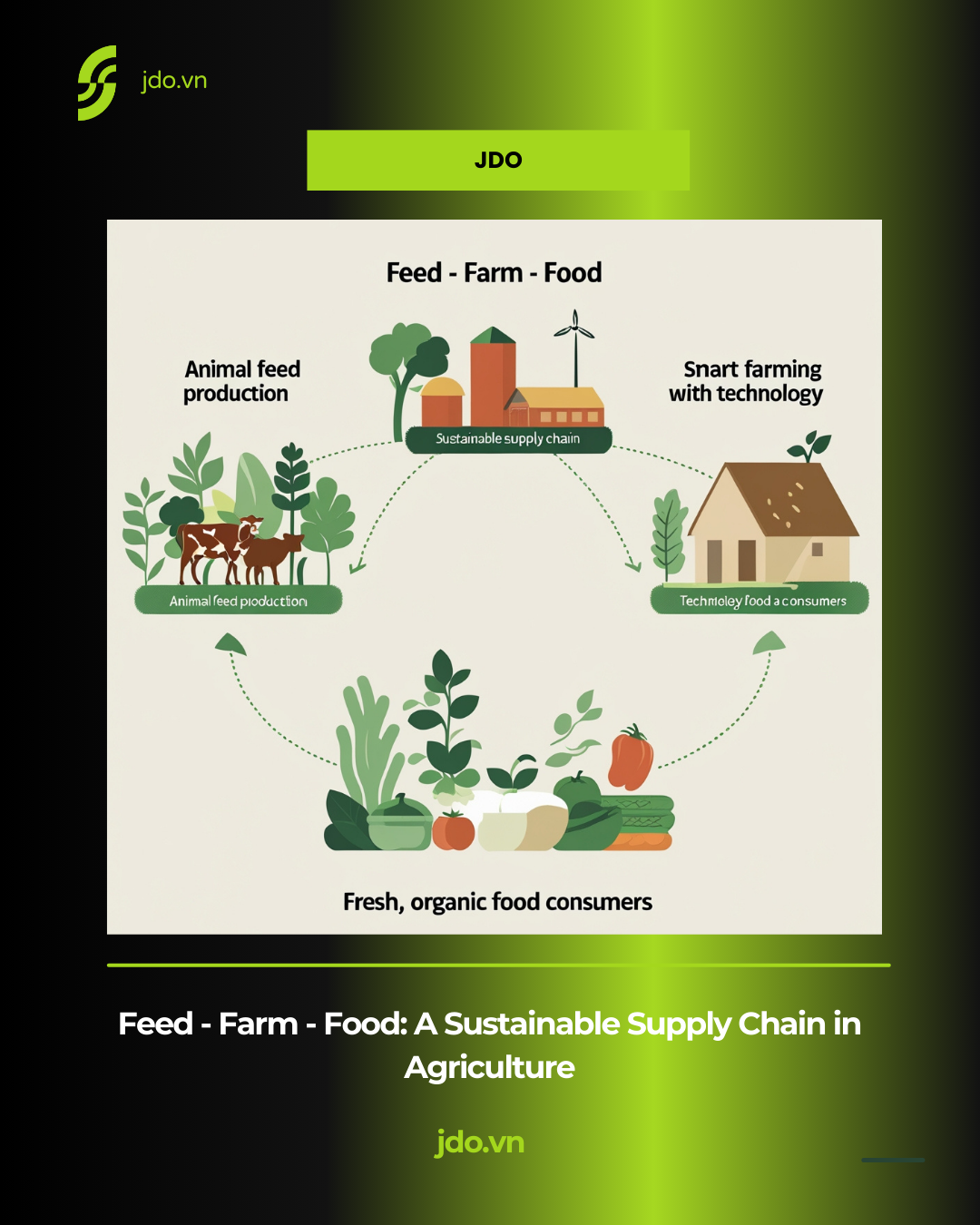
Saturday March 8th, 2025
Feed – Farm – Food: A Sustainable Supply Chain in Agriculture
From Animal Feed to the Dining Table – The Optimal Solution for Safe Food and Sustainable Development
As food consumption demands continue to rise, the “Feed – Farm – Food” model (Animal Feed – Farm – Food) is becoming a new standard in modern agriculture. This is not just a supply chain but also a commitment to food quality, environmental protection, and public health.
How does the Feed – Farm – Food model work? And why is it the key to a sustainable supply chain?
1. Feed – The Foundation of Clean Food Starts with Animal Feed
Animal feed plays a crucial role in determining the quality of the final product. A sustainable supply system must start with safe, strictly controlled, and eco-friendly raw materials.
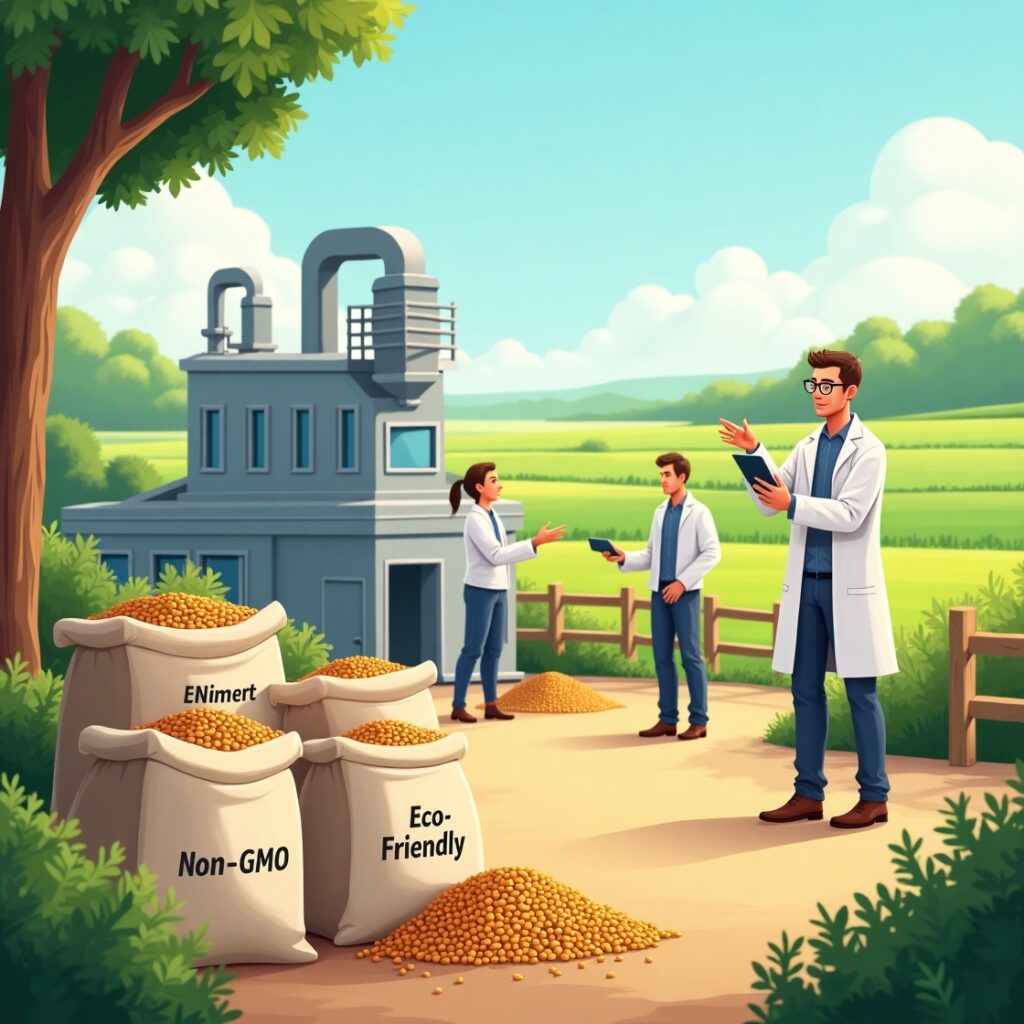
- Using raw materials with clear origins: Ensuring no banned substances, non-GMO (Genetically Modified Organism), and reducing antibiotic use in animal feed.
- Advanced processing technology: Applying enzyme and biotechnology to optimize digestion, reduce waste, and improve nutritional quality.
- Reducing greenhouse gas emissions: Companies are transitioning to organic raw materials and recycling agricultural by-products to help protect the environment.
2. Farm – Smart Farms, Optimized Sustainable Production
A sustainable supply chain requires not only high-quality feed but also strictly managed farming processes, integrating modern technology to enhance efficiency and reduce environmental impact.
- Applying Industry 4.0 technology: Using AI and IoT to monitor animal health, optimize feed consumption, and control the living environment.
- Green and circular farms: Utilizing agricultural by-products to generate renewable energy, minimizing waste, and optimizing resources.
- Animal welfare: Humane farming practices help animals develop naturally, reduce stress, and improve food quality.
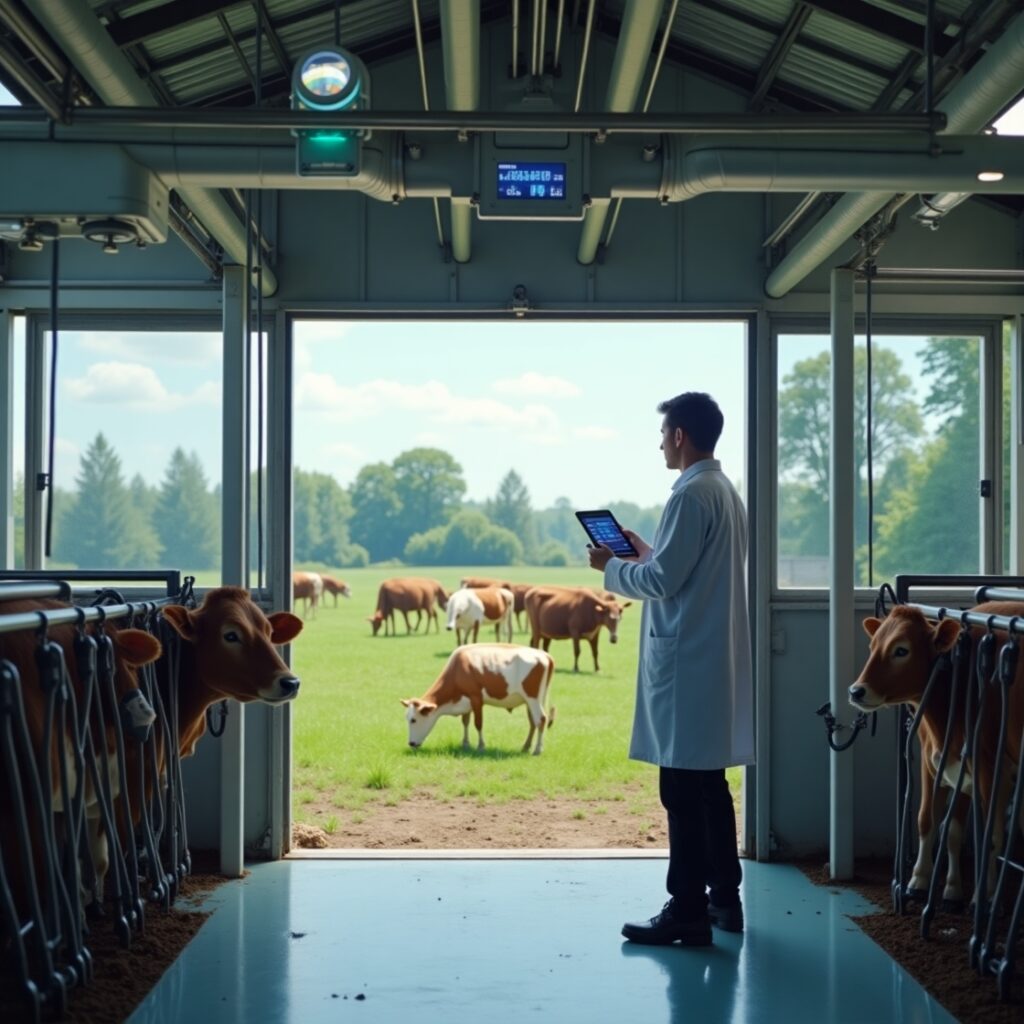
3. Food – Delivering Clean, Transparent, and Safe Food to Consumers
Clean food products must not only meet hygiene and safety standards but also be transparent in origin, free from harmful residues, and safeguard consumer health.
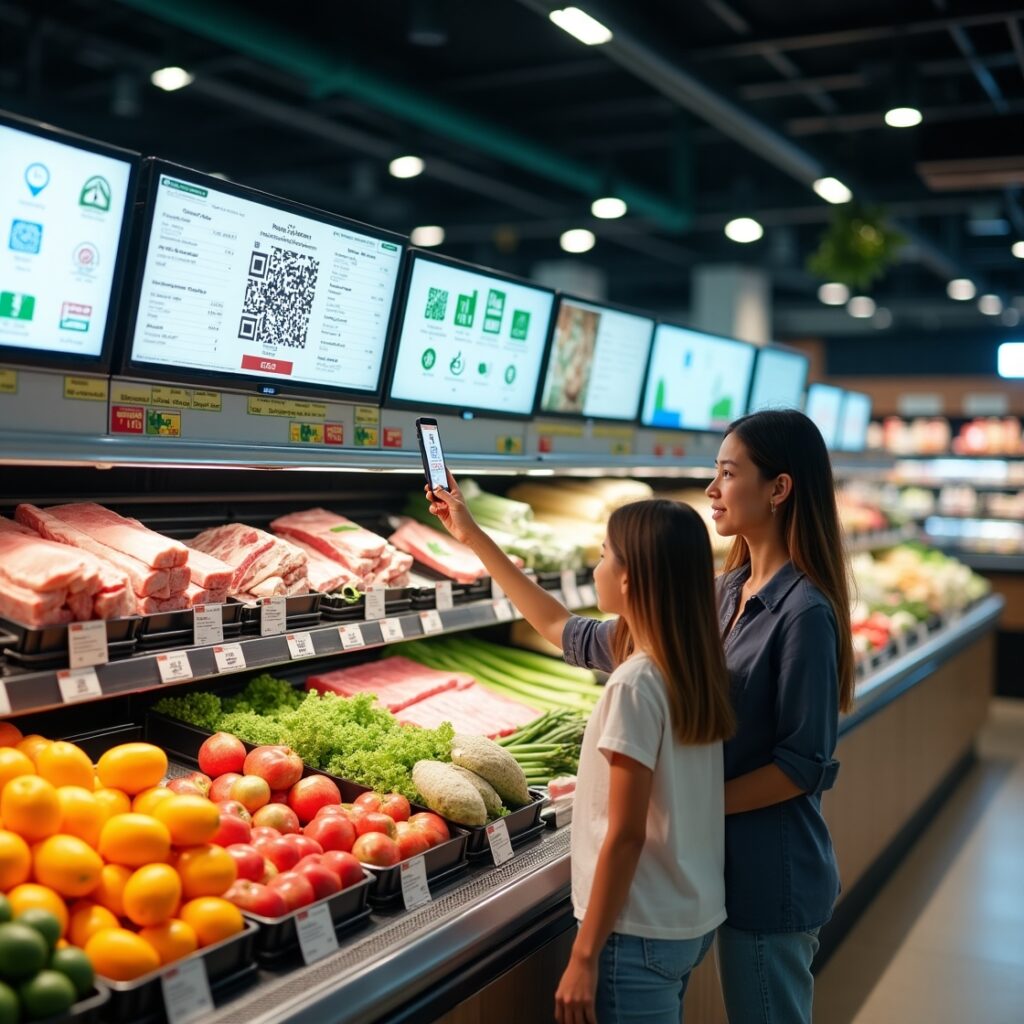
- Clear traceability: Using blockchain or QR codes to allow customers to verify the entire food production process.
- Meeting food safety certifications: Complying with international standards such as VietGAP, GlobalGAP, and HACCP to enhance corporate reputation.
- Moving towards organic food: Minimizing preservatives and harmful chemicals to meet the growing demand for clean food.
4. Why is the Feed – Farm – Food Supply Chain an Inevitable Trend?
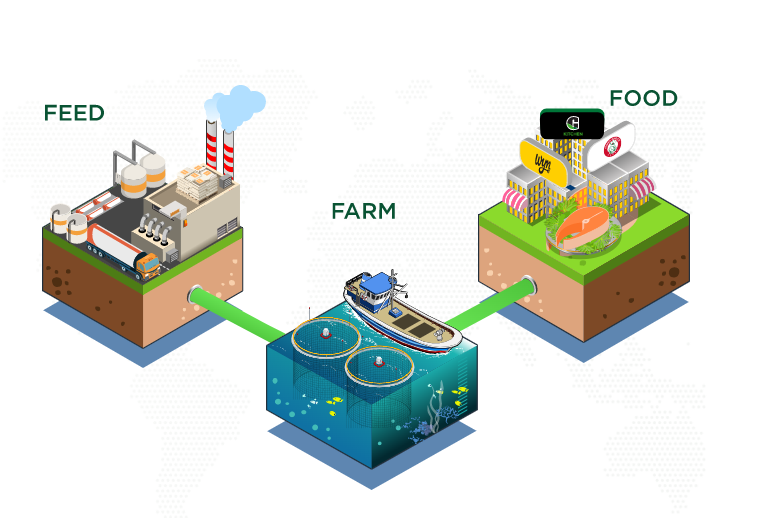
- Ensuring food safety & protecting public health: Limiting antibiotic and chemical residues in food.
- Optimizing production, reducing food waste: Enhancing efficiency and lowering operational costs.
- Protecting the environment, reducing CO2 emissions: Reducing pollution from farming and food processing.
- Increasing brand value: Businesses implementing this model gain a competitive edge in the market.
Feed – Farm – Food is not just a production model but a pathway to a more transparent, sustainable, and safer agricultural future!
————————–
JDO GROUP – Sustainable green solutions
Website: jdo.vn
Email: [email protected]
Phone: 19001509
Fanpage: JDO GROUP – Giải pháp xanh bền vững
Linkedin: https://www.linkedin.com/company/jdogroup



